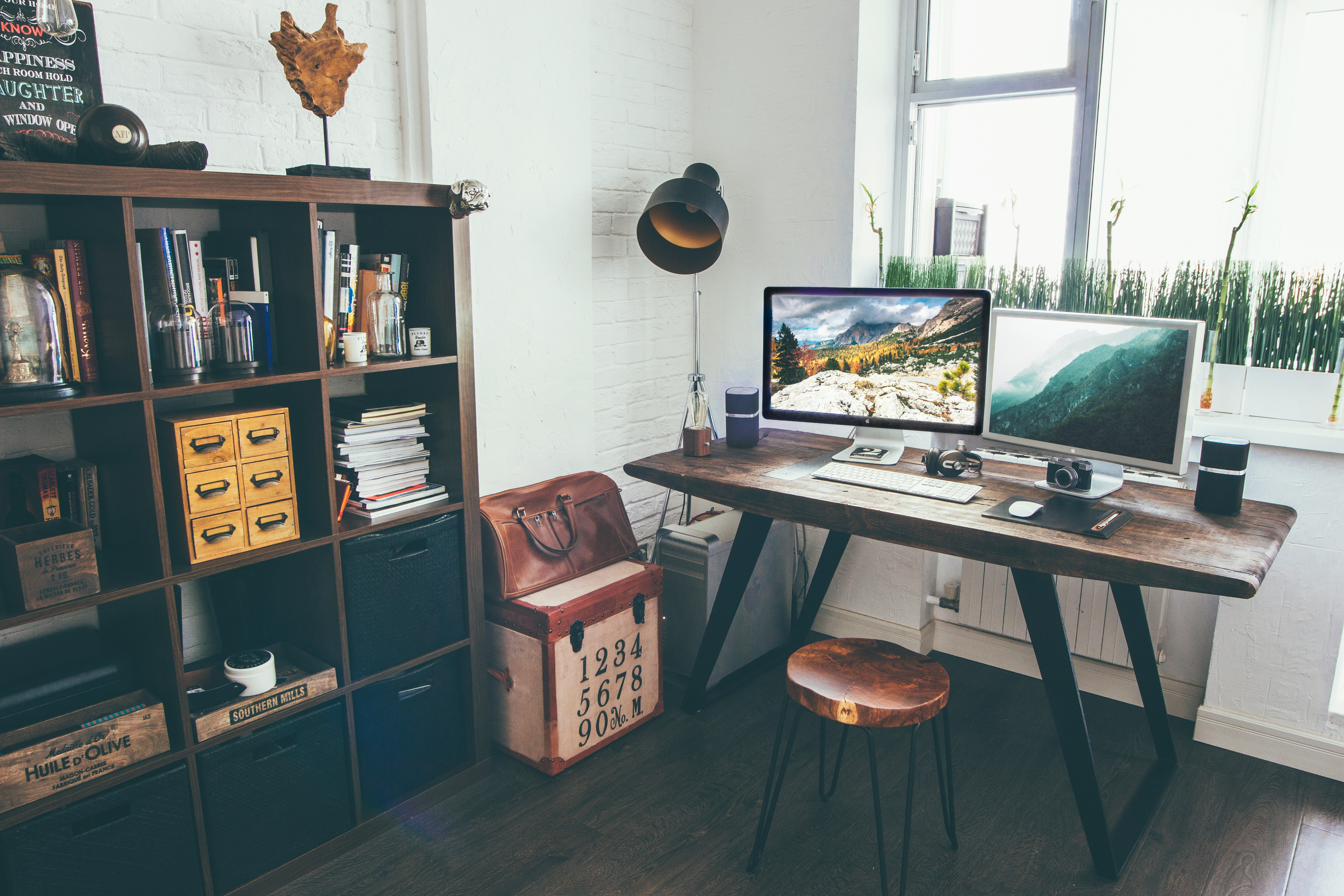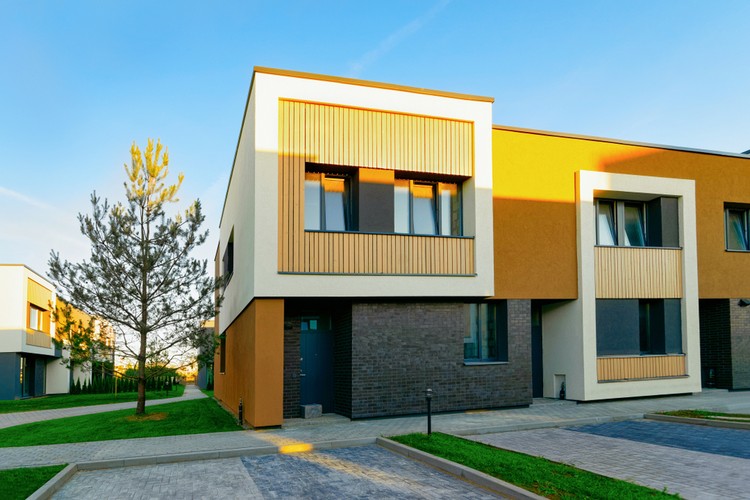Transforming Spaces: The Rise of Multifunctional Furniture in Modern Homes
Introduction: In the ever-evolving world of home design, one trend is making a significant impact: multifunctional furniture. This innovative approach to home decor is not just a passing fad, but a reflection of our changing lifestyles and the need for adaptable, space-saving solutions.

The Emergence of Multifunctional Furniture
The concept of multifunctional furniture is not new. In fact, it has its roots in the mid-20th century, when designers began to experiment with modular and convertible furniture to accommodate the growing urban population living in smaller spaces. However, it’s only in recent years that this trend has truly taken off, thanks to advances in design technology and a shift in lifestyle trends towards minimalism and functionality.
Current Trends and Expert Insights
Today, multifunctional furniture is more than just a practical solution for small spaces. It’s a design philosophy that prioritizes flexibility, adaptability, and personalization. From coffee tables that transform into dining tables, to beds with built-in storage, to desks that can be folded away when not in use, the possibilities are endless.
According to design experts, the popularity of multifunctional furniture is a reflection of our changing lifestyles. As we spend more time at home, our living spaces need to serve multiple purposes – from work and study, to exercise and relaxation.
Practicality and Market Trends
Multifunctional furniture is not just practical, but also a smart investment. According to market research, the global multifunctional furniture market is expected to grow at a compound annual growth rate (CAGR) of 7.5% from 2020 to 2027. This growth is driven by factors such as increasing urbanization, rising demand for space-saving solutions, and the growing popularity of minimalist design.
Moreover, multifunctional furniture can enhance our daily living by creating more flexible and adaptable spaces. For example, a sofa bed can transform a living room into a guest room, while a desk with built-in storage can help keep a home office organized.
Research-Backed Recommendations
When choosing multifunctional furniture, it’s important to consider not just the functionality, but also the design and quality. Research suggests that furniture that is well-designed and made from high-quality materials can improve our well-being and productivity.
For example, a study published in the Journal of Environmental Psychology found that people who worked in a well-designed and organized space were more productive and satisfied with their work.
Balancing Depth and Accessibility
While multifunctional furniture may seem complex, it’s actually quite accessible. With a bit of creativity and planning, anyone can incorporate this trend into their home. Whether you’re living in a small apartment or a large house, multifunctional furniture can help you make the most of your space and create a home that truly reflects your lifestyle and needs.
In conclusion, multifunctional furniture is more than just a trend – it’s a design philosophy that reflects our changing lifestyles and the need for more adaptable and flexible living spaces. With its combination of functionality, design, and innovation, it’s no wonder that this trend is here to stay.




